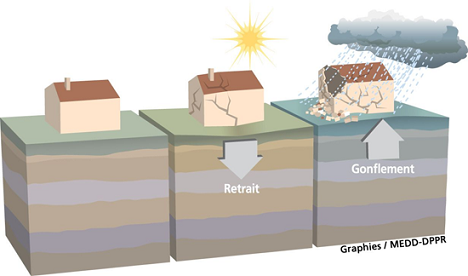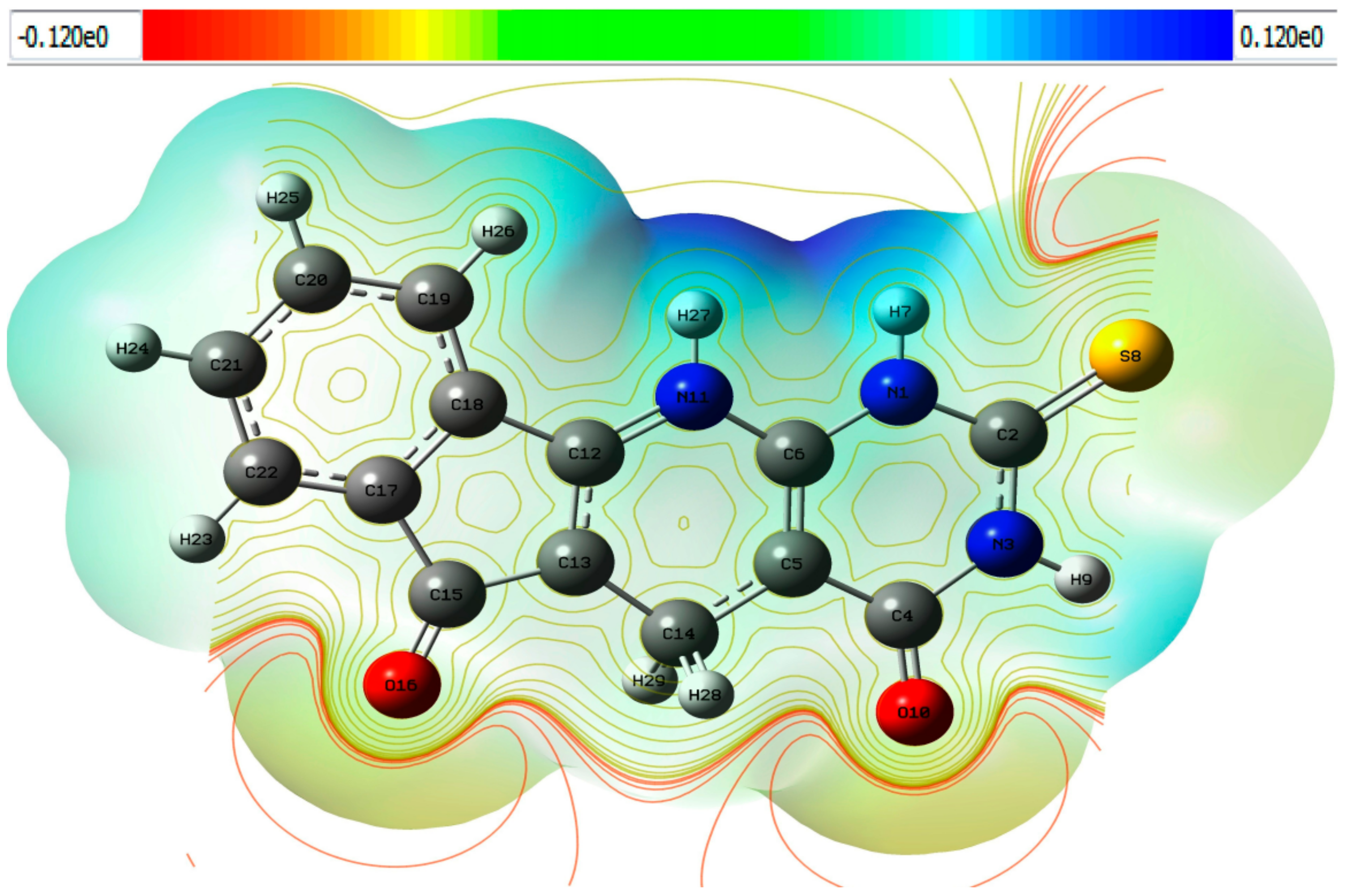

For pure Fe, DFT-GGA vacancy formation and migration energies are in the range of 1.93–2.23 eV and 0.59–0.71 eV. The discussion on vacancy-type defects in Fe will be restricted to the results obtained within DFT-GGA, due to the superiority of this functional for bulk properties. Less spectacular effects are expected in vacancy-type defects than in interstitial-type defects when going from empirical potentials to DFT calculations. 52 A new functional, AM05, has been proposed to cope with this limitation. 52 However, the effect is much weaker for migration energies.

It is therefore rather small for early transition metals (Ti, Zr, Hf,), but it is estimated to be as large as 0.2 eV in LDA and 0.5 eV in GGA-PW1 for late transition metals (Ni, Pd, Pt). This discrepancy is even larger within DFT-GGA, and it increases with the number of valence electrons. 51 Second, due to limitations of exchange-correlation functionals at surfaces, DFT-LDA tends to underestimate the vacancy formation energy. 50 is now known to significantly reduce the vacancy formation energy, in particular in bcc metals.

First, the structural relaxation, which was neglected by Korhonen et al. The exceptional agreement with the experiment obtained initially within DFT-LDA 50 was later shown to result from a cancellation between two effects. Willaime, in Comprehensive Nuclear Materials, 2012 1.08.4.1.2 Vacancy and vacancy clusters in Fe and other bcc metalsĭFT has some limitations in predicting accurate vacancy formation energies in transition metals. A number of such extensions are presented in the section “Extensions of DFT,” with particular emphasis on time-dependent DFT.

The original Hohenberg–Kohn and Kohn–Sham theorems can easily be extended from its original formulation to cover a wide variety of physical situations. The section “Results for some selected systems” will present some typical results from DFT calculations for various physical properties that are normally calculated with DFT methods. In the section “Approximations for the exchange–correlation energy,” various levels of approximation to the central quantity of DFT are discussed. The foundations of density-functional theory are the Hohenberg–Kohn and Kohn–Sham theorems which will be reviewed in the following section. Since the density n(r) is a function of only three spatial coordinates (rather than the 3 N coordinates of the wave function), density-functional theory is computationally feasible even for large systems. However, there are serious limitations of this approach: (1) the problem is highly nontrivial, even for very small numbers N and the resulting wave functions are complicated objects and (2) the computational effort grows very rapidly with increasing N, so the description of larger systems becomes prohibitive.Ī different approach is taken in density-functional theory where, instead of the many-body wave function, the one-body density is used as the fundamental variable. Traditional electronic structure methods attempt to find approximate solutions to the Schrödinger equation of N interacting electrons moving in an external, electrostatic potential (typically the Coulomb potential generated by the atomic nuclei). Its goal is the quantitative understanding of material properties from the fundamental laws of quantum mechanics. Gross, in Encyclopedia of Condensed Matter Physics, 2005 Introductionĭensity-functional theory (DFT) is a successful theory to calculate the electronic structure of atoms, molecules, and solids.


 0 kommentar(er)
0 kommentar(er)
